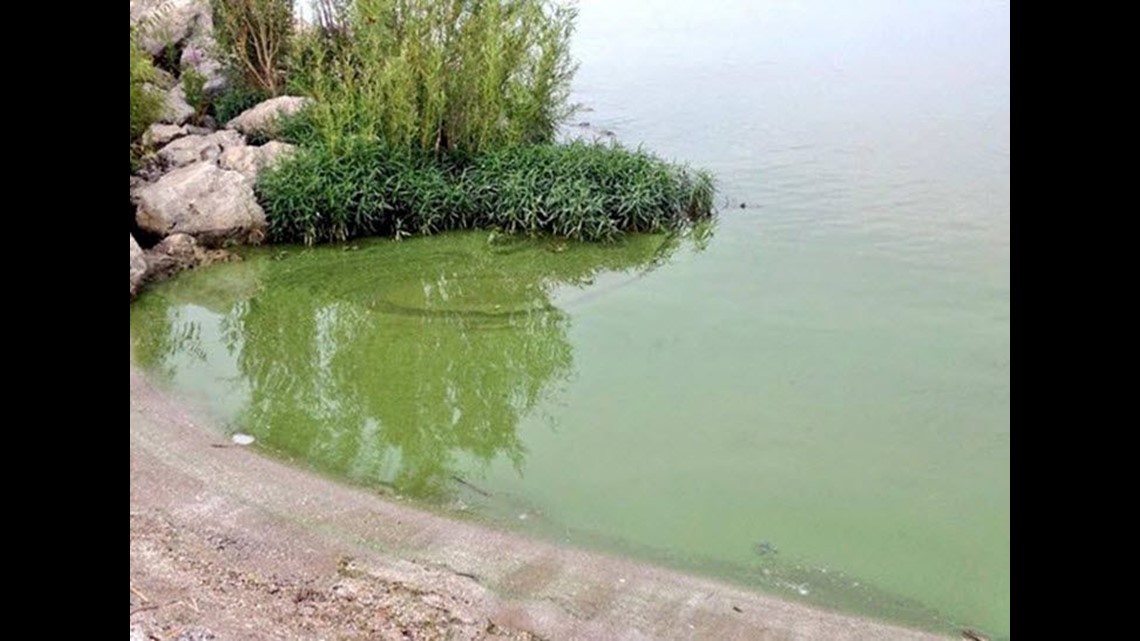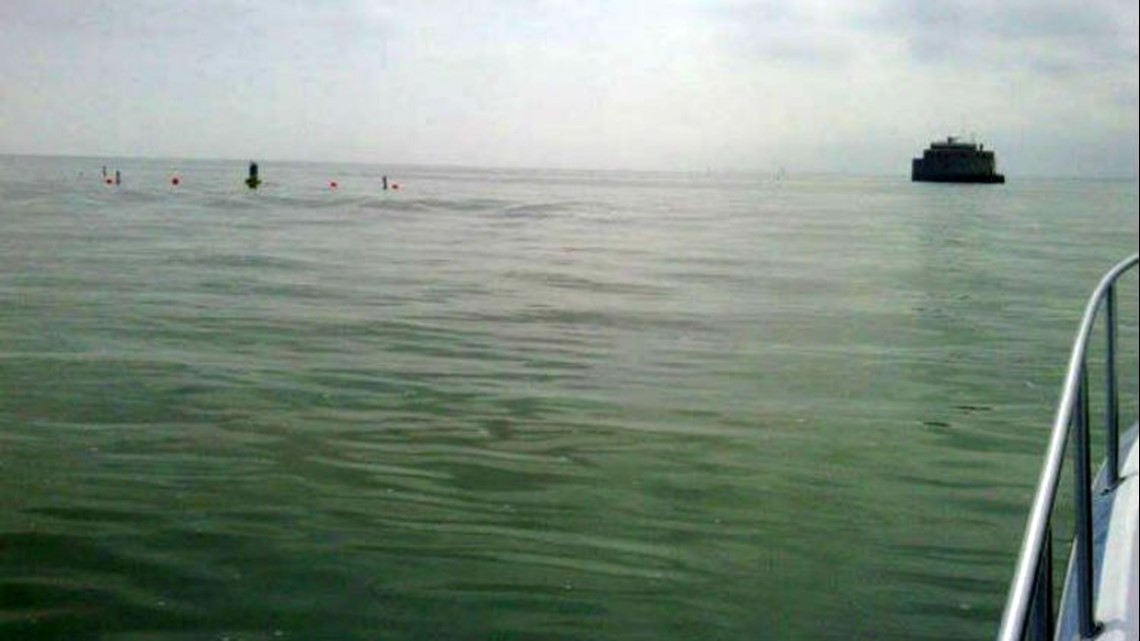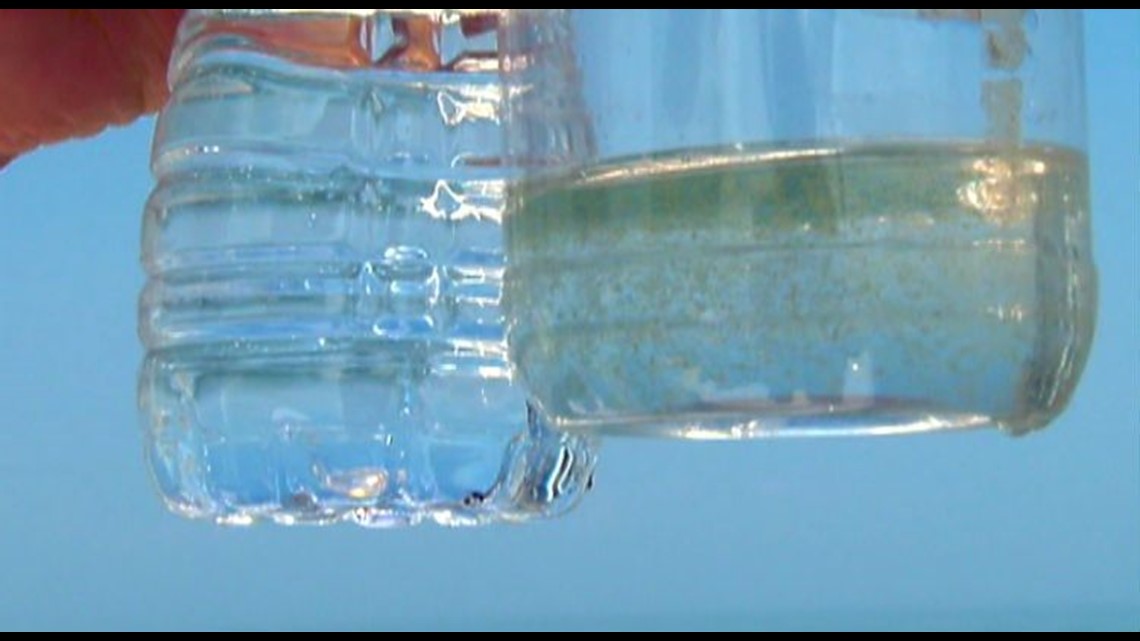





TOLEDO, OH (Toledo News Now) - The water crisis of 2014 is now a part of Toledo history. But weather events months before, in spring and even winter, have ties to how severe a bloom on Lake Erie can be.
There are many factors that affect the size and location of the algae bloom. Three of the biggest are "heavy rainfall runoff," "wind patterns," and "wastewater discharge."
Runoff from farm fields during these floods drives up levels of the phosphorous and other nutrients needed to produce a large algae bloom. Last year we saw several heavy rain events during that critical time, which pushed large amounts of nutrients down the river. Compare that to this year which saw minimal flooding on northwest Ohio and southeast Michigan rivers.
That's a good start, but we're only halfway through the March to July time frame where we see most of the ingredients passed down the Maumee. So, where do we head from here?
"If it rains from here on out we're going to have a pretty mild bloom, if we have average rainfall we will probably have a bloom very similar to 2013 and 2014 which were both just above average." said Dr. Laura Johnson.
Dr. Johnson is one of the Research Scientist at the National Center for Water Quality Research in Tiffin, Ohio. Each day the lab takes dozens of river samples and tests them for the key ingredients that make harmful algae blooms grow on Lake Erie. That sampling data goes directly into an algae bloom forecast for the lake, made by the National Oceanic and Atmospheric Administration. But that forecast doesn't come out until July. So we are taking an early look directly at the numbers coming out of the Maumee River.
Here's what we've found: Phosphorous is down compared to last year. The 114 metric tons calculated by river samples is a far cry from the 210 sampled at this time last year, but well above the 64 ton minimum in 2012. That year featured almost no bloom. So where does that leave us?
"In March we had a thaw that brought a bunch of nutrients but since then we haven't seen a lot of rain. So right now we are perfectly in average. If we compared it to the past 10-15 years. It seems like if tend to move later in the season we tend to have a better chance to have a rain event that doesn't have as much runoff," said Dr. Johnson.
The early numbers are encouraging for preventing a record setting bloom, but algae season on the lake doesn't start up until the lake really warms up in August or September.
The other two factors are much more unpredictable. Last year, an east wind kept the algae bottled up in Maumee Bay for several days. We have the tools to track wind patterns and will watch this closely during the algae season. Also last year, a record flood in Detroit lead to a massive purge of the city's sewer system into the lake. That dumped huge amounts of phosphorous into the lake.



